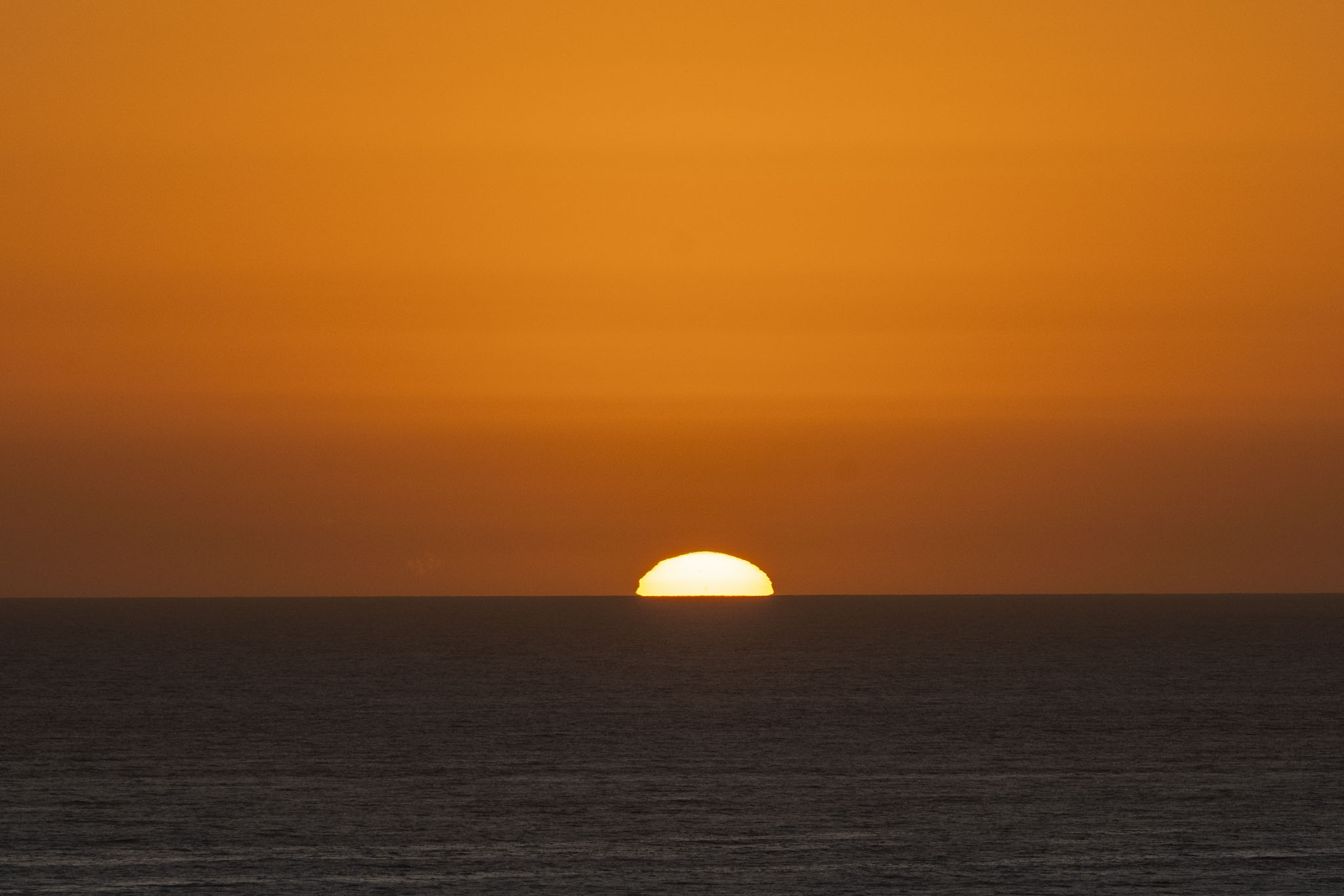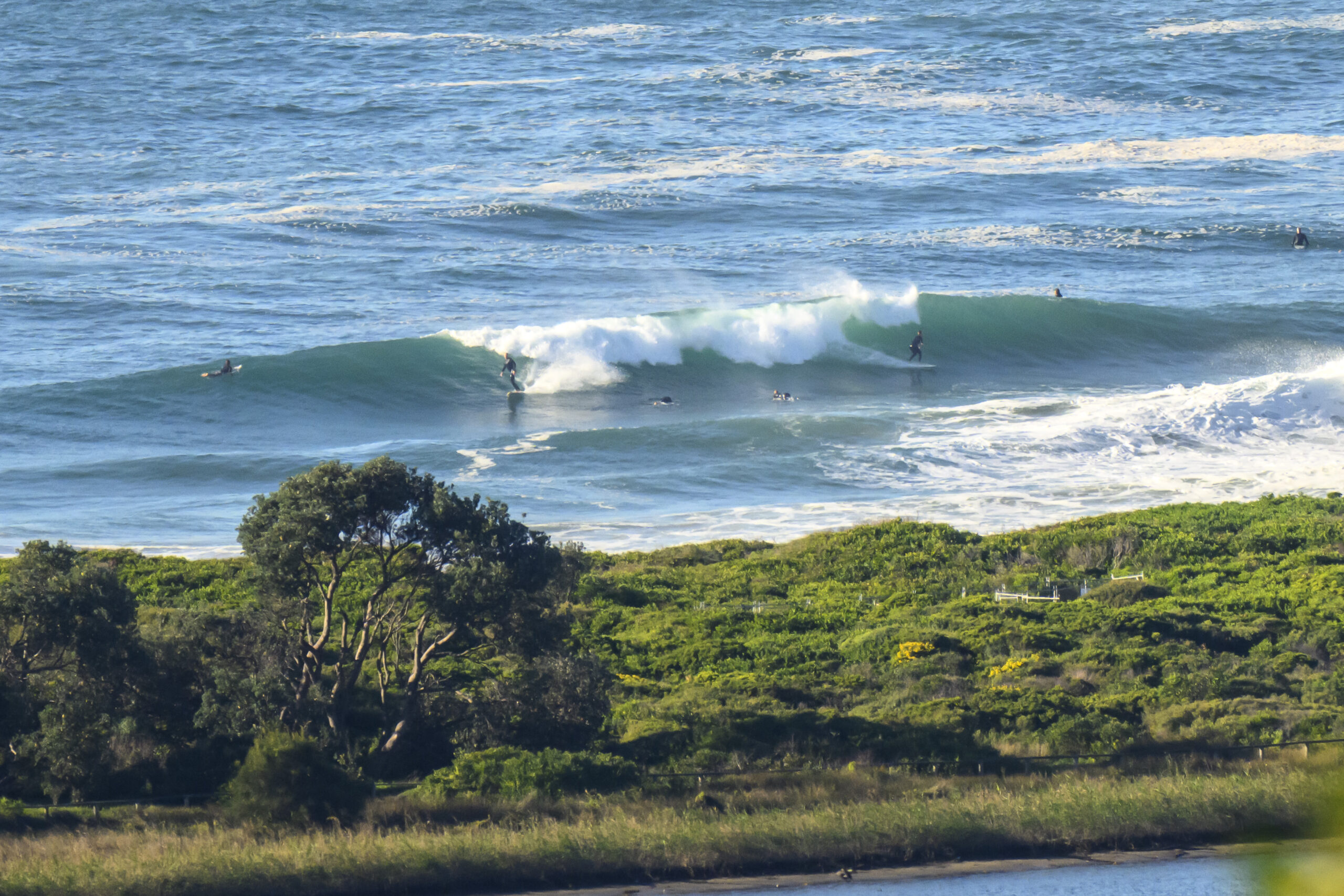Very interesting project by search engine giant Google is set to be officially debuted on Feb 2, 2009 at the California Academy of Sciences, San Francisco. The Guest list is headed by none other than former vice-president Al Gore, so it could be a big deal.
Here’s what we hear ahead of the launch…
Following on from Google Earth and Google Sky, Google Ocean (the name may not be exactly that) is rumored to be the world’s most comprehensive map of the world below the seas.
But don’t expect the kind of high resolution visualisations offered on Google Earth. While some sea floor regions have been mapped at very high resolution (see the picture below), for the most part our knowledge of the undersea world is still quite limited. It is costly and time consuming to image the subsurface features and as a consequence most of the work that has been done so far has been for purely commercial purposes.
According to a story on CNET Google Ocean will show depths of the sea and may, where the data exists provide high-resolution images.
Additional data will be displayed as overlying layers that depict phenomena like weather patterns, currents, temperatures, shipwrecks, coral reefs, and algae blooms, much like the National Park Service and NASA provide additional data for Google Earth and Google Sky.
“Google will basically just provide the field and then everyone will come flocking to it,” predicted Stephen P. Miller, head of the Geological Data Center at the Scripps Institution of Oceanography. “There will be peer pressure to encourage people to get their data out there.”
It may be that Google will show off some clever new way to look at the data. The Guardian’s story on the subject included this intriguing little gem:
At the Macworld Expo in January, Google engineers unveiled a program called EarthSurfer, which combined Google Earth with Nintendo’s Wii Fit to create an exercise game that allows players movement “around the landscape” by way of balancing on a board. “You control it by leaning forward to go forward, and back to go back,” said David Oster, the EarthSurfer programmer on the project at the time. “It’s great stuff.”

(photo credit: This screenshot shows an example of high-resolution imagery above and below sea level. The view is looking eastward at Monterey Bay on the California coast with the Sierra Nevada Mountains in the background. The continental slope is sculpted by submarine canyons with their numerous tributary gullies.
(Credit: GeoMapAppVG/Lamont-Doherty Earth Observatory of Columbia University)
re: above, that prominent submarine canyon in the left third of the picture has one branch ending just off Ghost Trees and the other off Moss Landing (well known for big waves).

